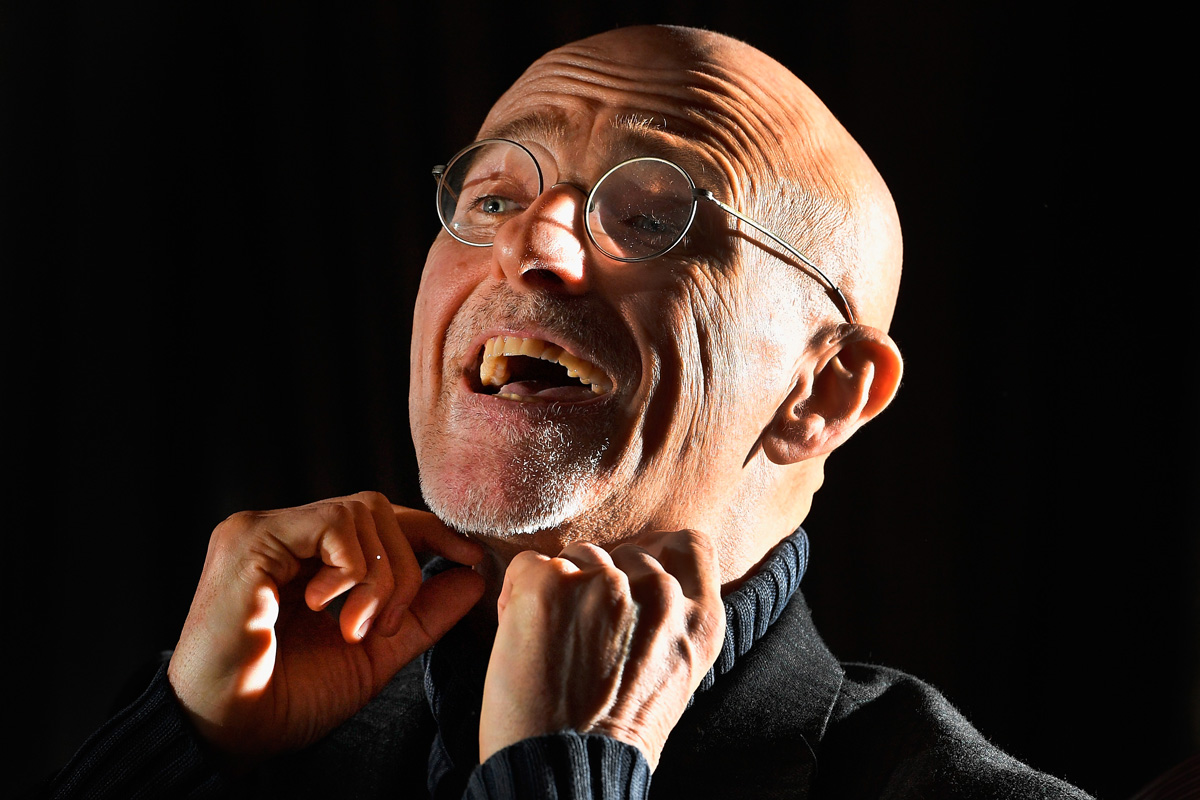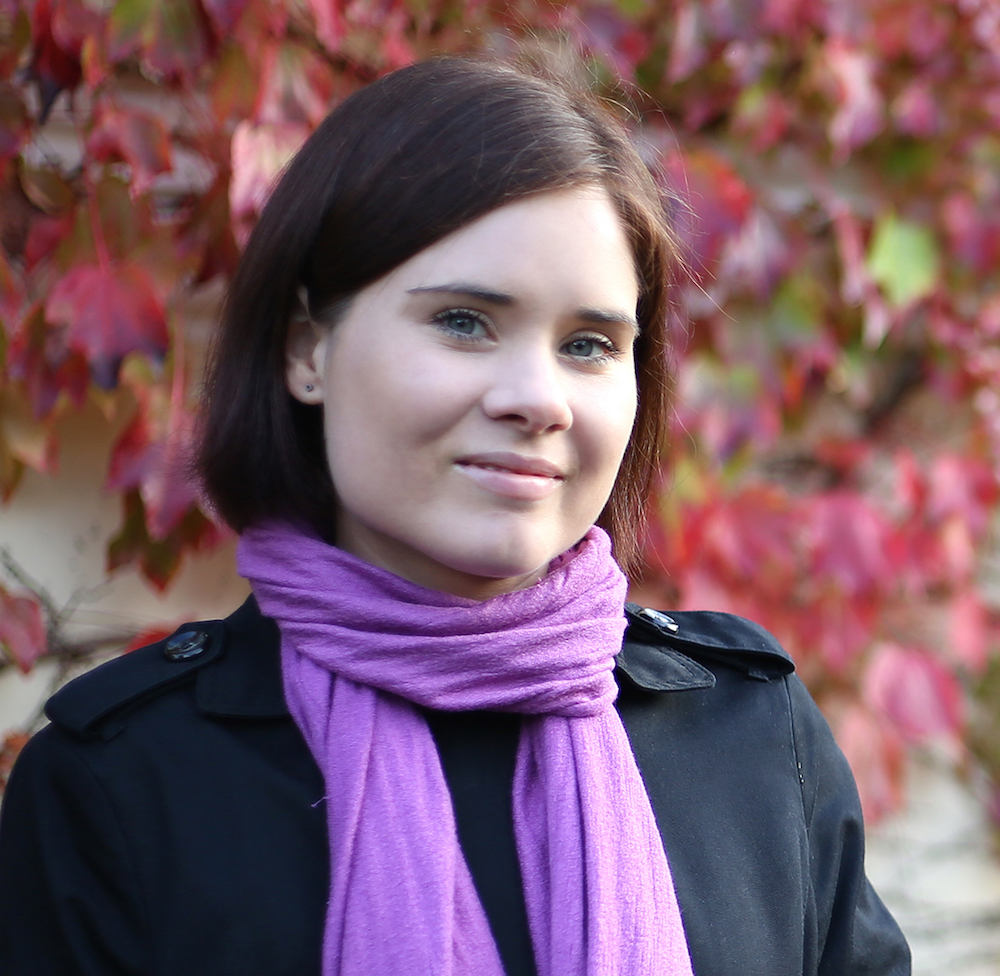Why Human Head Transplants Will Never Work

An Italian neurosurgeon is claiming that his team has performed the world's first "successful" human head transplant, using two human cadavers in China, according to news reports. The procedure, which took 18 hours to complete, has led the controversial surgeon — Dr. Sergio Canavero, of the Turin Advanced Neuromodulation Group in Italy — to say he expects to be able to carry out the operation on a living person "imminently," according to The Telegraph.
But experts have expressed skepticism about Canavero's claim that the procedure — which would involve severing the head of one person and keeping it alive long enough to re-attach it to a headless "donor" body — could be performed on a living person. [The 9 Most Interesting Transplants]
Canavero's newest "breakthrough" is "the continuation of a despicable fraud," said Arthur Caplan, a professor of bioethics at New York University's Langone Medical Center.
Caplan, who helped to create the U.S. organ distribution system, told Live Science that he doesn't believe a human head transplant would ever be possible.
"We have a face transplant program here [at NYU] — it is very difficult to just transplant the face," he said. "It requires massive doses of immunosuppressants," which are drugs that suppress the immune system so that it doesn't attack the transplant. "The head would be an even bigger problem, requiring even bigger doses," Caplan added. "It would probably kill you in a few years from rejection or infection."
It's also possible that, due to biochemical differences between the head and the donor body, the person would probably never be able to regain normal consciousness.
"It's not like putting a light bulb into a new socket," Caplan said. "If you move the head and the brain, you are putting it into a new chemical environment with new neurological input. I think it would drive the person crazy before they died."
Get the world’s most fascinating discoveries delivered straight to your inbox.
In addition, a successful transplant would require surgeons to attach a multitude of nerves and blood vessels, as well as the spine and spinal cord, from the living head to the donor body.
But Caplan said he questions the veracity of Canavero's claims that the neurosurgeon had developed techniques for reconnecting the spine, nerves and blood vessels between the donor head and the body.
"If he knew how to get the spinal cord to repair, to reconnect, he should be doing it on people with spinal cord injuries," Caplan said. "There are millions of such people around the world. They want to walk; they want to control their bodies, their bowels. There is no reason not to go there and show what you can do."
Canavero, who carried out the procedure on the cadavers together with Dr. Xiaoping Ren of Harbin Medical University in China, has not published any details of his work in any peer-reviewed journals, according to Caplan.
In addition, Canavero "has done no animal work of any meaning that shows that it could work," Caplan said. For example, in January 2016, Canavero announced a successful head transplant on a living monkey. The animal survived the procedure 'without neurological injury' but died 20 hours later. "He would have to be able to keep the animals alive, or at least appearing to be conscious, for at least a year or two," Caplan said.
In 1970, head transplant pioneer Robert White transplanted a new head onto a monkey. The animal died after nine days as the body rejected the new head.
"It's almost Mengele-like talking about transplanting a head" of someone who is paralyzed due to a terrible disease onto a body of someone else, Caplan said, referring to an infamous Nazi physician who performed inhumane medical experiments on Auschwitz prisoners. "It's cruel, and it certainly is a recipe for a disaster."
Originally published on Live Science.




